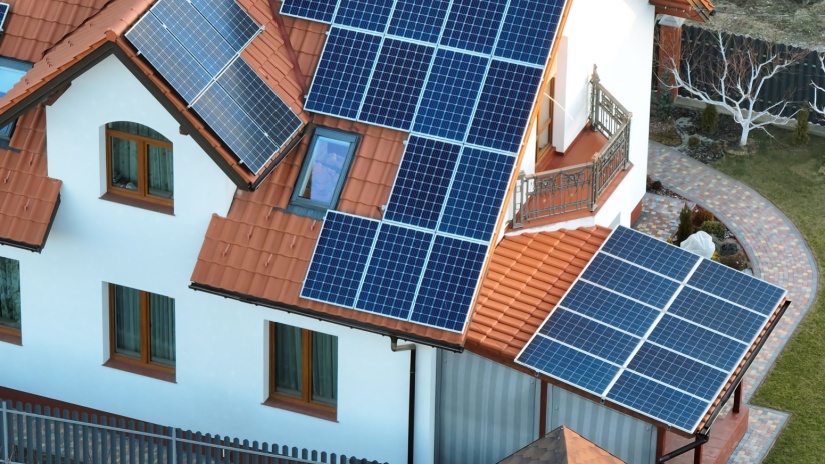How rooftop solar has transformed Australia’s energy landscape

Australia has seen an explosion in rooftop solar uptake. Tens of thousands of homes and small businesses now host PV (photovoltaic) installations that generate power not only for their own use but also export surplus into the grid. This shift is changing how electricity systems operate.
How rooftop solar helps during peak times
Rooftop solar plays a critical role in alleviating strain on the grid during periods of high demand, especially on hot, sunny midday hours, and reducing reliance on fossil‑fuelled generation:
- During sunshine peaks, solar PV output reduces pressure on large generators and lowers peaks in grid‑drawn power.
- For households, rooftop solar cuts power purchases during daylight hours, reducing their bills and easing overall grid usage.
- In some regions, exports of solar from many households contribute to replacing demand otherwise met by utility scale or backup generators.
- Combined with batteries, solar systems are increasingly able to shift energy use or storage so that excess solar can be used or sold when the sun is down.
Challenges rooftop solar introduces for grid stability
Despite the benefits, there are nontrivial challenges that need addressing:
- Minimum system load & over‑generation. On very sunny, mild days when demand is low, rooftop solar output can push demand from the grid to very low levels, risking instabilities. The system was not originally designed for scenarios where supply from PV exceeds conventional usage.
- Curtailment. Excess solar generation sometimes must be curtailed (i.e. solar output reduced) when it exceeds what the grid can absorb, or when it threatens system integrity. This represents lost energy potential and can reduce financial returns for solar owners.
- Lack of control over rooftop PV by grid operator. Unlike large power stations, rooftop solar cannot be centrally dispatched. AEMO and network operators estimate rooftop PV output and plan around it, but they can’t always call upon it as a reliable dispatchable source.
- Evening and non‑sunlight periods. Solar only works when the sun is shining. Peak demand in many areas tends to occur in the evening (air conditioning, lighting), when solar PV is declining or off. Without storage or other forms of dispatchable supply, there’s still a gap.
- Network constraints and voltage/reverse flow issues. Some local distribution networks face voltage rises due to reverse power flow when many systems export solar at once. Also, infrastructure may not be sized or configured for two‑way flows. Grid upgrades, inverter standards, and smart management are needed.
What’s being done (and what more is needed)
To get the best out of rooftop solar while maintaining stability, Australia is implementing and planning several measures:
- Increasing battery adoption alongside solar systems, so excess generation can be stored and used later.
- Introducing flexible export rules, dynamic tariffs, and incentives to shift when energy is used or exported, to better align solar generation with demand.
- Developing grid‑management tools, such as improved forecasting of rooftop solar output, and rules around minimum system loads & emergency backstop mechanisms.
- Policy and regulatory reforms to support distributed energy resources (DERs), smart inverters, virtual power plants (aggregated solar + battery systems) that can act in coordinated ways.
Are rooftop solar systems quietly powering the grid enough?
At midday on many sunny days, rooftop solar is already supplying a large share of demand in several states, effectively reducing reliance on grid supply. But it is not yet a full substitute for dispatchable, controllable generation or storage across all hours, particularly evenings or periods of low sunlight.
So, while rooftop solar is already “quietly” doing heavy lifting, it is only one piece of the puzzle. For the grid to remain stable and for consumers to benefit from solar all the way through the day and night, the following are essential:
- More behind‑the‑meter storage (household batteries)
- Grid upgrades (distribution & transmission) and smart network management
- Policies and market signals that reward flexible consumption, export timing, and demand response
- Regulatory mechanisms to manage excess generation safely without undue waste or financial harm
Want to add solar to your home?
Thinking about adding solar to your home or upgrading what you have? Call Compare Energy on 1300 790 106 to discuss solar power.
We’ll help you explore the right solar setup, cost savings, and whether you should add battery storage for maximum benefit.

